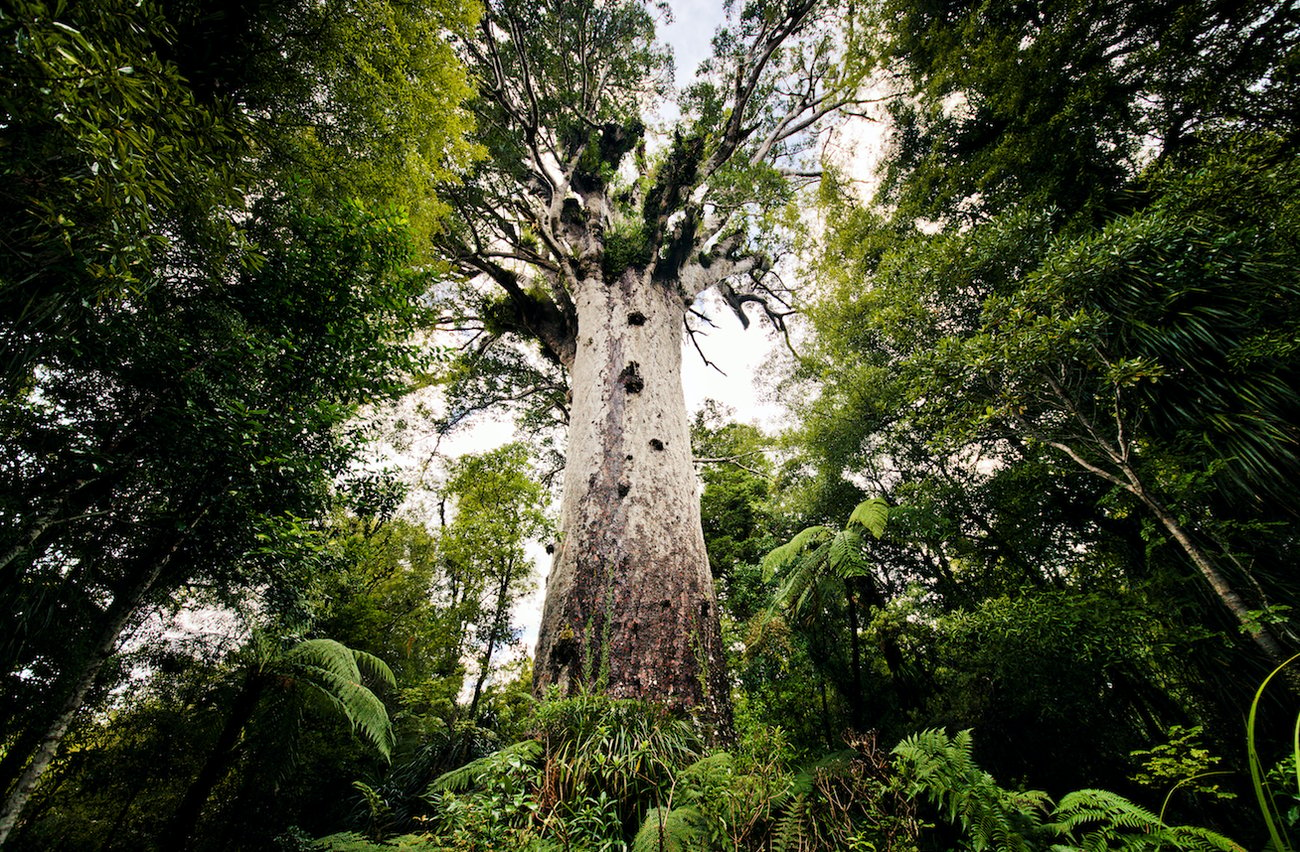Can we fix it? How the King of the Forest, Tane Mahuta, is being kept alive

The treasured kauri tree that stands at 51.5 metres tall with a girth of 13.77 metres in the Waipoua forest is a living legend. But his kind are in danger, with New Zealand’s native kauri tree now labelled as under threat after years of decimation from the kauri dieback disease.
The disease, caused by a fungus-like pathogen called Phytophthora agathidicida, was discovered in 2008 but is suspected of killing kauri since the 1950s. Although little is known about kauri dieback, it’s thought to be transmitted by soil rather than wind or birds, putting human footwear in the firing line for the disease’s rapid spread.
In order to manage the disease, MPI, DoC, regional councils in the north of the North Island, and M?ori have come together to form the Kauri Dieback Programme.
MPI’s manager of recovery and pest management John Sanson says the overall goal of the programme is to have the mauri and integrity of kauri forests sustained by 2024, despite the presence of kauri dieback.
“Kauri are an iconic species and we all need to take action to protect and preserve these taonga for future generations.
“They’re a key part of the indigenous forests of the upper North Island and are one of the largest and longest-living tree species in the world.”
He says a lot of on-the-ground work is being done to help prevent the spread of dieback, such as improving track and hygiene infrastructure, providing advice to land owners and community groups, and closing tracks to reduce the risk of the disease spreading.
Scientific research is also a vital part of the response to the pathogen. He says work is being done on identifying and understanding the disease and how it spreads, developing ways of managing it, undertaking baseline surveillance to determine disease presence, and using behavior change to encourage people to follow good biosecurity hygiene practices.
Scientists are also looking into the use of phosphite as a temporary treatment to boost natural defences and at how some trees possibly have a natural immunity, and aerial surveillance is being used to determine tree health.
“Protecting kauri from dieback needs everyone to play their part,” Sanson says.
Key to this is taking responsibility for biosecurity hygiene when visiting kauri forests, forests that house some of our country’s most treasured and oft-shied-away from native species – wetas.
Although now only found on Little Barrier Island, New Zealand’s native wetapunga (giant weta), which has outlived the dinosaurs, has made homes out of kauri for centuries.
It’s more common cousins are found throughout New Zealand’s kauri populations along with a number of other native insects, birds and plants that call the king of the forest home.
And to keep it that way, it can be as simple as cleaning and disinfecting our shoes. That’s hard to argue with.




